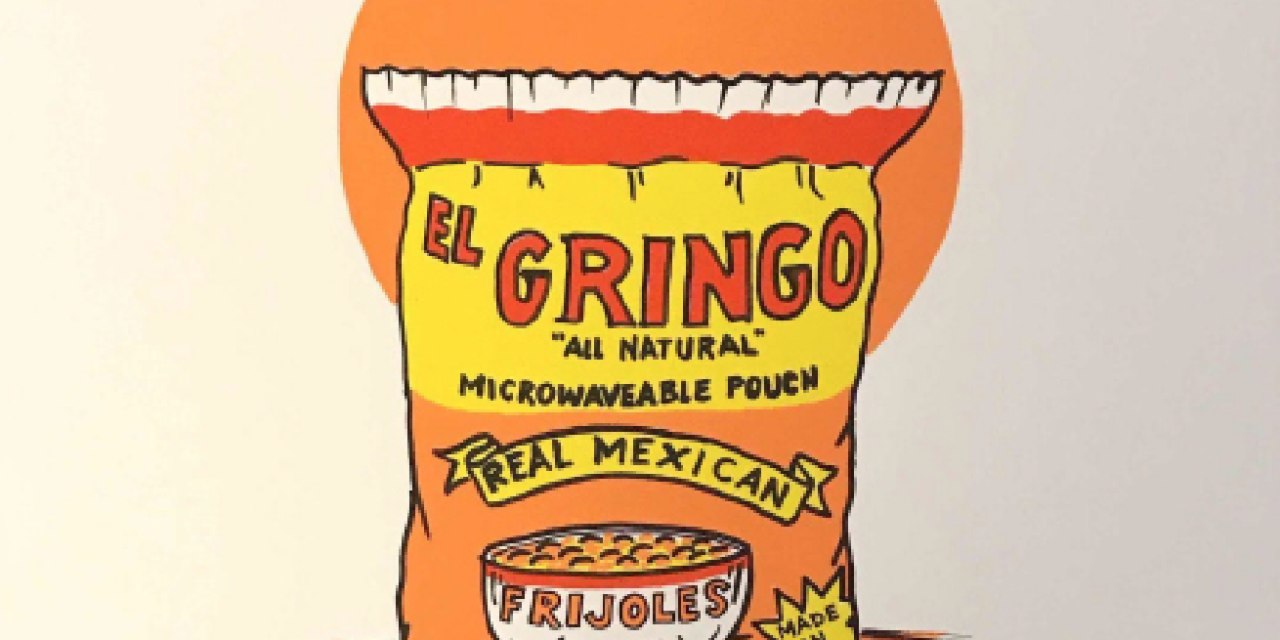Sam Coronado overcame many obstacles in his personal and professional journey to become an artist. His struggles began early in life. As a boy he helped his family in the small town of Ennis, a rural community a short distance south of Dallas. The Coronado family worked long hours to earn meager wages as farm laborers. Although Coronado drew with pen and pencil, he could only manage to buy an art set for beginners. For the next ten years, he remained largely untrained in the arts, but he continued his love of drawing.
Unhappy with the prospects of dead-end jobs with low pay and no future, Coronado dropped out of high school to join the Army. When he enlisted at age 18 in 1964, few recruits had ever heard of Vietnam. The Army assigned him to cook and manage mess halls in various U.S. bases where he fed hundreds of soldiers. He showed organizational skills and advanced to mess sergeant [officially, E5 Sergeant].
When I interviewed Coronado in the summer of 2013, a few months before he passed away, we discussed his Army experiences. He felt fortunate that the Army never sent him to Vietnam during his years of service from 1964-1967. He also credited the Army with giving him an opportunity to complete his GED which would later come in handy when he enrolled in community college after his military service.
While in the Army, Coronado understood that he would never gain entrance to military units where soldiers with art skills and art degrees worked because he lacked formal art training. He left the Army with his honorable discharge and G.I. bill college benefits. His desire to become an artist led him to enroll in art classes at the Dallas Community College.
Coronado’s early college art classes trained him in drafting and design, artistic training that prepared him well for jobs as a draftsman. A college teacher helped him secure a technical illustrator job with Texas Instruments [TI] in the Dallas area. After four years with TI, Coronado moved to Austin in 1973 and enrolled in the art department at the University of Texas. Coronado studied in Austin when Carmen Lomas Garza and Santa Barraza were finishing their studies in the UT art department. Coronado discovered Chicano art and co-founded the UT Austin Chicano Art Students Association.
Upon graduation from UT Austin in 1975 Coronado moved to Houston to teach art to Latino students at the Association for the Advancement of Mexican Americans. The school lacked adequate resources so Coronado left and soon found a job as an illustrator in Houston. When oil prices fell in 1983, he found himself unemployed and decided to move back to Austin. In Austin he found work with Trayco Corporation and Data General designing control panels for fighter jets. For the next few years, he worked by day and painted in the evenings.
By the early 1980s Coronado was also engaged with the Austin art community which included Latino artists connected with UT Austin’s Latino Studies programs. Mexican American Studies had just celebrated its 10th year anniversary, and Latin American Studies and the Benson Latin American Collection had attained International recognition. Coronado shared a studio in East Austin with several Latino artists, and frequently met with Cythnia Perez of La Pena. In 1984 Coronado co-founded with Sylvia Orozco the Mexic-Arte Museum in downtown Austin.
In the early 1980s Austin had an active Chicano art scene. Amado Pena owned a prominent art Gallery and studio on Sixth Street, Gil Cardenas was starting his Galeria Sin Fronteras on Seventh Street, and Raul Valdez was painting murals at various locations on the Eastside. Coronado’s early artist network included Cesar Martinez from San Antonio, Liliana Wilson and Jose Trevino from Austin, and Luis Jimenez from Hondo, New Mexico.
With few exceptions, most Latino artists in Austin could not make a living based on local art sales. A decision to travel to Los Angeles in 1991 to meet with Sister Karen Boccalero of Self-Help Graphics had an enormous impact on Coronado’s direction and ultimate success as an artist. Self-Help Graphics had one of the nation’s premier Latino printing operations and Sister Karen and other printers suggested the idea of a similar model for Coronado. The East Los Angeles printers, which included Sister Karen and Richard Duardo, also shared information of their extensive network of hundreds of artists from around the country.
My wife Harriett and I were serious Latino art collections and became early investors in Coronado’s studio and art gallery. We wrote a check for his down payment on a building in East Austin. Coronado more than paid us back with Chicano art prints. Coronado established his art studio and print shop as a non-profit and founded the Serie Project. With grants from the city of Austin, Coronado also created an Artist in Residence program housing artists when they came to engage in printmaking. Notable visitors included Malaquias Montoya from the San Francisco Bay area, Vincent Valdez and Alex Rubio from San Antonio, and Marta Sanchez from Philadelphia.
Coronado passed away in November of 2013 leaving a large void in the world of Latino art. At the time of his death, his Serie Project had completed a portfolio of 250 prints which included the majority of the nearly 300 Latino artists who published with Coronado Studios. In San Antonio Harriett and I happily donated Coronado’s artwork from our own collection to major museums including the McNay Art Museum, the Briscoe Western Art Museum, and San Antonio Museum of Art.
Coronado’s serigraph of a raging bull is part of the McNay’s Estampas de La Raza exhibition which opened at the McNay in 2013 and has traveled to Albuquerque, NM, Raleigh, NC, the National Museum of Mexican Art in Chicago, Ill, the Vincent Price Museum in East Los Angeles, and most recently the Museum of Art in Sacramento, CA.






